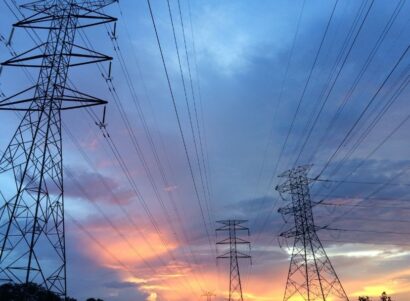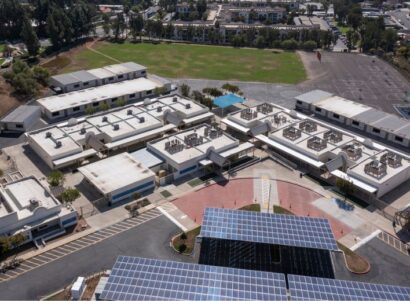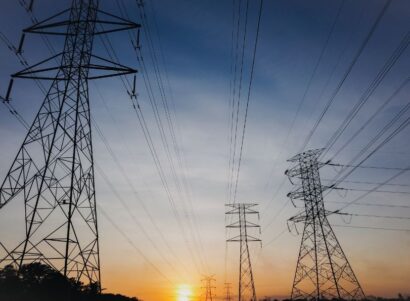Summary
While the United States power sector is strongly dominated by conventional fossil and nuclear power plants, the contribution from renewable resources is growing and the energy mix varies greatly by state. Here we evaluate electricity generation from utility-scale renewables (i.e. power from wind, water, solar, geothermal and biomass resources) in the United States on the national level as well as in five states: California, New York, Texas, Minnesota, and Indiana. To date, renewables make up only a small percentage of total power generation in most states, with the exception of large hydroelectric power. A number of states, however, have incorporated renewable energy at much faster rates than the national average, and these examples may offer insight into approaches to increase renewables generation in other regions.
Renewable portfolio standards (RPS) and strategies to increase renewable energy market penetration vary greatly by state. For example, California has high renewable energy targets, along with parallel programs for efficiency, storage, demand response, and distributed generation, which are not covered by its RPS. States such as Wyoming, however, have no renewable energy targets at all. Most state RPS targets are set as a percentage of total electricity generation, although Texas has instead set goals for total installed electricity generation capacity. Timelines and strategies are state-dependent. Minnesota has different targets for each utility. New York, Indiana, and Minnesota all define very different suites of technologies under each RPS. California has some of the most aggressive RPS targets, while Indiana’s are lower than most and voluntary.
The data presented here reflect annual variations in electricity demand, and can highlight both challenges to integrating renewable resources and strategies for overcoming these hurdles. For example, hydroelectric and wind power are frequently at peak generating capacity in fall and spring, while demand peaks in winter and summer. Higher rates of solar power generation may help smooth this annual variability because solar peaks in the summer. It is important to note that these data do not capture daily or hourly variability: increasing rates of solar generation might help mitigate the annual variation introduced by wind and hydroelectric power, but additional measures will be needed to account for the daily variation in these resources. Solar tends to peak in the middle of the day, for example, and wind is often more powerful in the evening. Energy storage and demand response may play an important role in managing these daily variations. However, these technologies play less of a role on the long time scales illustrated here, and so will not be discussed in depth.

 State of Renewables 2014
State of Renewables 2014






